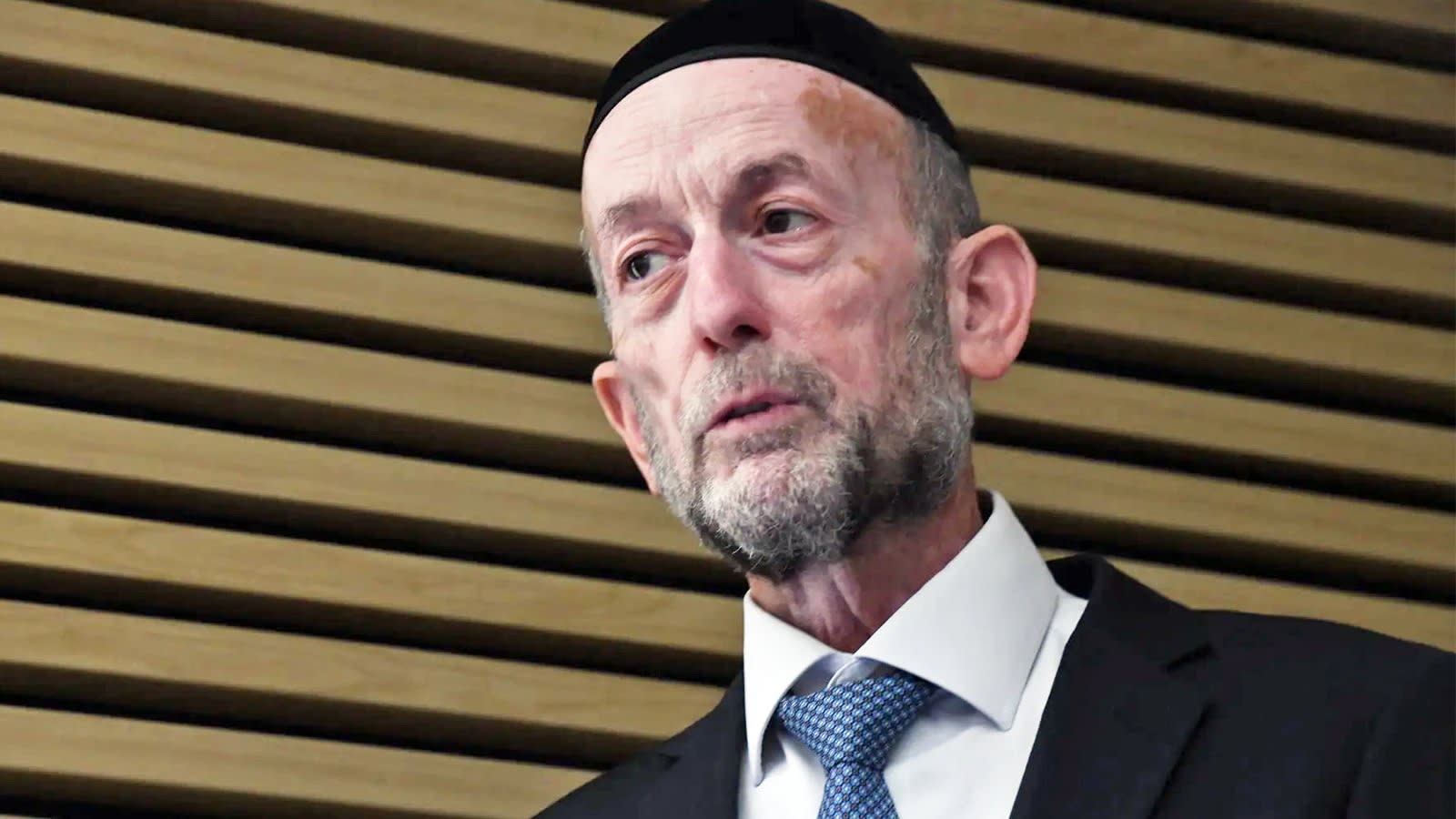NIS 500M invested in Ultra-Orthodox bus station in Jerusalem

Tomorrow, the Arazim Terminal in northern Jerusalem opens, mainly serving ultra-Orthodox routes but also potentially saving secular residents long trips.
Title: With an Investment of NIS 500 Million: A Separate Central Bus Station for Ultra-Orthodox Jews in Jerusalem
Subtitle: Tomorrow, the Arazim Terminal, located in the northern part of the capital, will begin operations. It has primarily served routes between ultra-Orthodox neighborhoods and communities, although it could have also saved secular residents of Ramot, French Hill, and Pisgat Ze'ev a long journey to the central bus station.
After about four years of construction, a large transportation terminal in northern Jerusalem, the Arazim Terminal, will begin operations tomorrow. It is located at the Ramot Junction on Route 1, with good accessibility to urban and intercity lines.

Adjacent to the terminal, which was built with an investment of around half a NIS 1 billion, the Blue Line of the light rail will pass. This line is expected to start operating in 2030. Additionally, a park-and-ride facility for 1,000 cars is currently under construction and is set to open in 2026. Thus, the terminal will serve as an important transit point for the city's transportation means.
The terminal includes charging stations for 215 electric buses, aiding in the transition of urban transportation in the capital to zero-emission vehicles. It also features a "green roof" abundant with vegetation, which reduces landscape damage and is more environmentally friendly. The parking lot covers 50,000 square meters, includes 12 bus platforms, administrative buildings, and rest areas for drivers.

However, despite the terminal's proximity to the Har Hotzvim employment area, which attracts many workers from outside Jerusalem, and its adjacency to the giant Ramot neighborhood that also houses a large secular population, and despite being located near large secular neighborhoods such as Pisgat Ze'ev and French Hill, at least initially, the terminal will primarily operate routes to ultra-Orthodox concentrations.
From the terminal's opening, the following routes will operate: Line 404 to Bnei Brak, 426 to Petah Tikva, 424 and 407 to Netanya, to Rehovot, 546 to Komemiyut, and northern lines 859, 982, 983, 992, 993, 996, 997, 999, 952, 972, 996, 997, to Safed, Rechasim, Kiryat Ata, Nof Hagalil, Migdal HaEmek, and Haifa.On Sunday, July 21, and Sunday, August 4, additional routes will be added to the terminal.

Jerusalem Mayor Moshe Lion stated, "The project addresses the city's growing population and developing transportation needs through the Moriah Jerusalem Development Corporation. We will continue to promote projects that provide accessible and efficient alternatives to private car use, thus reducing road congestion and air pollution."
Deputy Minister of Transportation, MK Uri Maklev (United Torah Judaism): "This is important news for the neighborhood residents, providing them with bus lines to the heart of the city and shortening travel times. Transportation in Jerusalem has doubled in recent years, and Arazim provides an appropriate response to this."
